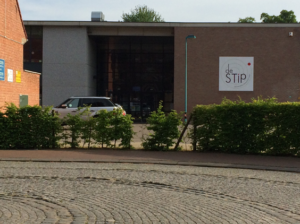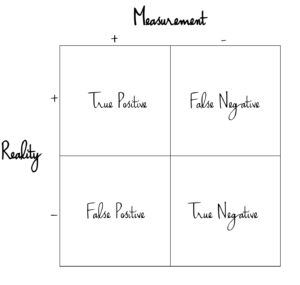No shortcuts in your company processes!
Did you know that an elephant will always march to its destination via the shortest possible route? There aren’t any obstacles in the savannah big enough to stop a seven-tonne animal. An elephant isn’t worried about keeping to the track you want it to travel along. Like elephants, people tend to take the quickest routes too. We create shortcuts and ‘desire paths’ to reach things more quickly. But do we know enough about the impact they have on our organisations?
The search for shortcuts and back doors is an inherent part of human nature. Let’s pay a quick visit to the local school. In front of the main entry is a roundabout surrounded by a hedge. Pretty. At least it’s pretty on paper …

But what happens in reality? The roundabout functions as a drop-off point. With the hedge being used as an unofficial entry to the school. Against all the rules. The result? The hedge is looking bald and battered.
“We are so lazy! Or is it better to say efficient?”
The owner of the hedge wasn’t having it. They put some poles in the ground and stretched some wire between them:

And just like that, the shortcut was closed off! And the hedge slowly grew back. But this wasn’t the end of the story. A lot of people now had to walk around the hedge every day. Against their will and natural inclination. We are so lazy! Or are we just grumpy because we’ve seen our efficient route taken away from us?
Company processes with detours?
We all want to reach our goals quickly and easily. This is why we don’t hesitate in creatingdesire paths. Much to the consternation of the designers of parks and gardens. Because why would we follow gracefully winding paths if we can quickly cut across the grass?
“Back doors in processes lead to bad consequences”
The same thought process appears when employees are confronted with lengthy or complex company processes. They quickly discover the back doors … that often open onto unexpected consequences for your organisation.
This is how you create company processes without shortcuts
What do you do as the architect of good processes?
- Consult everyone involved. Leave your ivory tower and sit around the design table with everyone. You’ll open the door to valuable insights and solidify your support for change.
- Understand and accept the natural human preference for shortcuts.Draw up the most efficient route from the outset. And keep in mind the person who will actually be carrying out the process: a person of flesh and blood, with challenges and expectations, goals and frustrations.
- Obliterate myths. Don’t expect to be able to spoon-feed difficult processes to your employees if you only organise bare-bones training. And don’t assume that you’ll be able to weld shut the back doors in your processes. Makeshift solutions won’t stop your staff members from taking shortcuts, just like nothing will stop an elephant from taking the path it wants to take.
The result? A professional flow that allows everyone to be comfortable and productive.Or: a peaceful roundabout. A beautiful hedge. And well-thought-out access routes that allow parents to save time in the morning rush. Everyone wins!





